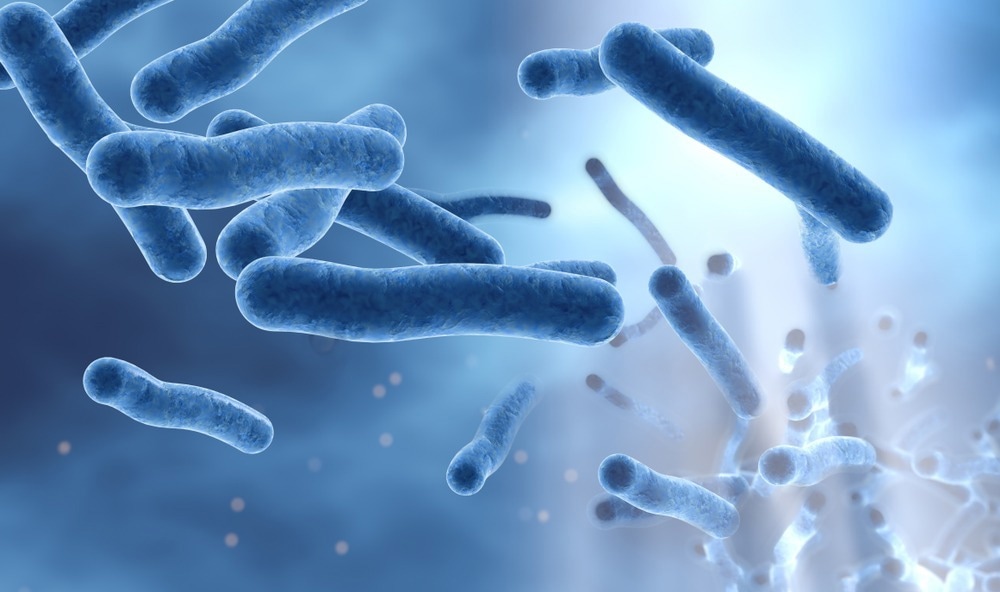In a recent study published in Nature Methods, researchers assessed a novel method for bacterial cell segmentation named Omnipose.
 Study: Omnipose: a high-precision morphology-independent solution for bacterial cell segmentation. Image Credit: Axel_Kock/Shutterstock
Study: Omnipose: a high-precision morphology-independent solution for bacterial cell segmentation. Image Credit: Axel_Kock/Shutterstock
Background
Breakthroughs in microscopy are extremely promising for enabling quantitative and accurate measurements of morphological as well as molecular phenomena in bacteria at the single-cell level. However, this approach is restrained by the accessibility and availability of methods that can segment cells without depending on their optical or morphological properties.
Assessment of bacterial cell segmentation algorithms
In the present study, researchers assessed how state-of-the-art cell segmentation algorithms performed on a variety of bacterial cells.
The effectiveness of several image segmentation techniques that have been developed on bacterial cells has been documented. These methods can be broadly divided into three groups:
- Conventional image-processing methods
- Conventional/machine-learning hybrid methods
- Deep neural networks (DNNs) methods
The team sought to discover effective algorithms for further research to create software that can recognize bacteria globally. Due to the lack of a thorough comparison between cell segmentation algorithms on bacterial cells, the team chose one or more examples from each group for this study: Mask R-CNN, StarDist, MiSiC, and Cellpose; Morphometrics; and SuperSegger.
Micrographs of many bacterial species exhibiting various morphologies and optical properties were obtained for training and benchmarking these algorithms. Mutations or procedures that result in extreme morphologies are frequently used in investigations of bacteria. Combinations of bacterial species that exhibit unique morphologies and visual properties were photographed. The team gathered a total of 4,833 pictures or over 700,900 individual cells from 14 different species. A quick method for manually annotating cells was developed and used on these photos. The result was 47,000 representatively annotated cells, which were used to create the ground-truth dataset (bact phase).
Creation of a high-precision U-net segmentation algorithm
The team aimed to create a segmentation method that doesn't depend on cell center identification. The Cellpose framework, which can be broken down into five main parts, such as file processing, neural network architecture, training goal functions, network predictions, and mask reconstruction, served as the foundation for the algorithm created in the present study. While enhancements were made to each of these parts, the mask reconstruction and network predictions are the two most significant breakthroughs in the developed system named Omnipose.
The distance field, also known as the distance transform, represents the separation between each point x within a confined region and the point closest to the boundary. The cell probability output associated with Cellpose is replaced by the distance field in Omnipose. Compared to other solutions that produce similar fields, this results in faster convergence and improved numerical stability.
Omnipose demonstrated segmentation accuracy as a multifunctional segmentation tool
The researchers trained a model (bact phase omni) on the bact phase dataset in order to compare Omnipose's performance against it. Surprisingly, using the comparative model (bact phase cp), Omnipose's accuracy significantly outperforms that of Cellpose. This performance disparity between the algorithms is especially obvious in the high IoU range of 0.8-1.0. Bacteria are commonly imaged at a calibrated pixel size of about 0.1 m, producing cells and cell labels that are five to 50 pixels across. Bacteria are typically measured at scales between 0.5 and 5 m. IoU values above 0.8 are essential for pixel-level accuracy in quantitative experiments at this scale. As a result, Omnipose is perfectly suited for studying bacterial cells microscopically.
When trained on a representative dataset, Omnipose may also segment images acquired using various modalities and comprising various subjects. A dataset of 33,200 bacterial cells' cytosol and membrane fluorescence was developed in order to test Omnipose on images captured using a modality other than phase contrast. The team discovered that Omnipose (bact fluor omni) outperformed Cellpose (bact fluor cp) in terms of performance on morphologically varied cells.
Next, the team explored how Omnipose might be used to segment subjects other than bacteria. The generalist model, which was trained on the bact phase dataset and the worm dataset (worm bact omni) performed as well as or better than the worm model (worm omni). The team also used a customized set of high-resolution C. elegans images to train an Omnipose model and discovered that the algorithm could effectively segment these images despite their intricate underlying structure.
Conclusion
Overall, the study findings demonstrated that on mixed bacterial cultures, cells treated with antibiotics, and cells with an elongated or branched shape, Omnipose achieves commendable segmentation performance. Additionally, Omnipose's advantages apply to non-bacterial subjects, a number of imaging modalities, and three-dimensional objects.